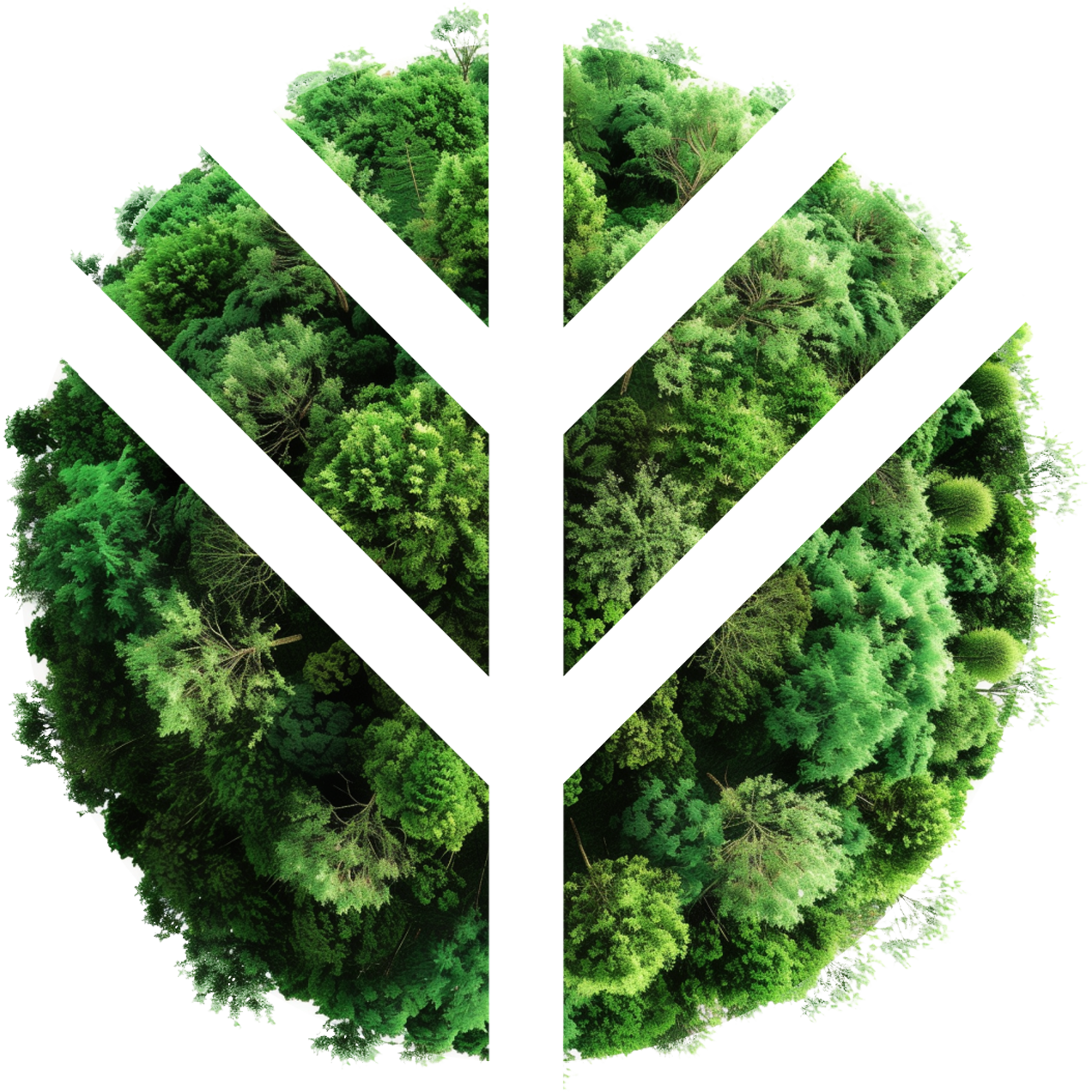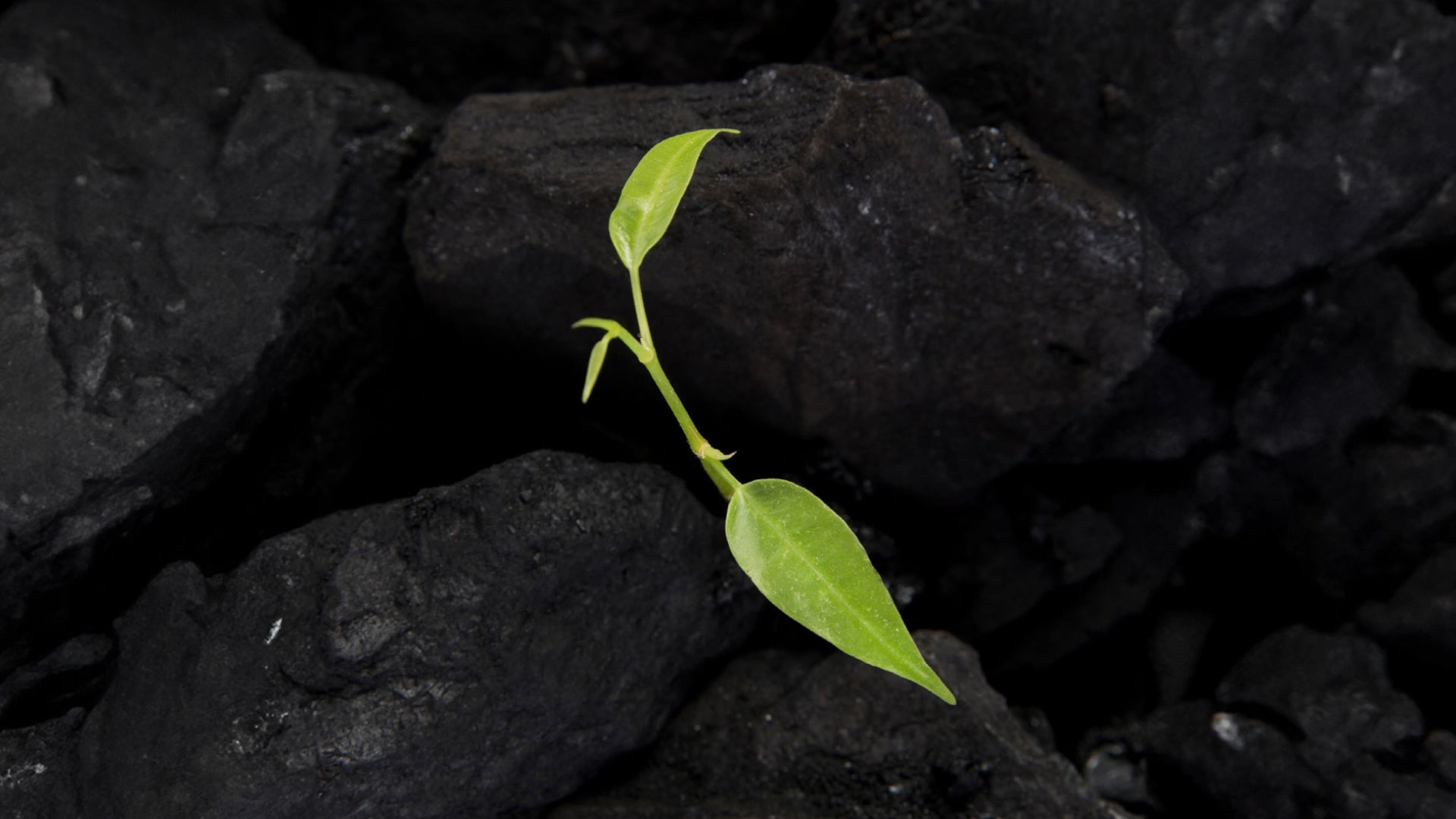For reference, to dye one square meter of AIZOME textile requires:
- Indigo 13g/m
- Madder 38g/m
- Nutgalls 99g/m
INDIGO

Indigo has been used for centuries to color fabrics, and it has a long history as a precious commodity. The ancient Egyptians and Mesopotamians used indigo to dye cloth as early as 4000 BCE, and it was also used by ancient cultures in China, India, Japan, and Central and South America. Indigo is a natural dye that is extracted from a variety of plants, including the Isatis indigotica plant, or Chinese Woad. Isatis indigotica has a long history of use in traditional medicine (known as Ban Lan Gen in TCM) and has been used to treat a variety of ailments. Some noted dermatological medicinal benefits may include:
- Anti-inflammatory: Isatis indigotica has anti-inflammatory properties, which can help reduce inflammation and redness associated with skin conditions such as eczema, psoriasis, and acne.
- Antimicrobial: Isatis indigotica has antimicrobial properties, which can help kill bacteria and other microorganisms that can cause skin infections.
- Wound healing: Isatis indigotica has been found to have wound-healing properties, which can help speed up the healing process for cuts, abrasions, and other skin injuries.
- Moisturizing: Isatis indigotica contains compounds that can help moisturize and soothe dry and irritated skin.
- Antioxidant: Isatis indigotica contains compounds that have antioxidant properties, which can help protect skin cells from damage caused by free radicals.
- Anti-itch: Isatis indigotica has been found to have anti-itch properties, which can help relieve itching and discomfort associated with skin conditions such as eczema and psoriasis.
MADDER

The roots of the madder plant (Rubia tinctorum) contain a number of active compounds, including alkaloids, flavonoids, and tannins, which have been found to have medicinal properties. Some noted medicinal properties of madder may include:
- Anti-inflammatory: Madder contains compounds that have anti-inflammatory properties. This makes it useful for reducing redness, swelling, and irritation associated with skin conditions such as eczema, psoriasis, and dermatitis.
- Antimicrobial: Madder has been found to have antimicrobial properties. This means it can help fight against bacteria, viruses, and fungi that can cause skin infections.
- Antioxidant: Madder contains compounds that have antioxidant properties. This means it can help protect the skin from damage caused by free radicals, which can contribute to premature aging and skin damage.
- Wound healing: Madder has been found to have wound-healing properties. This makes it useful for treating cuts, abrasions, and other skin injuries.
- UV protection: Madder has been found to have UV protection properties. This makes it useful for protecting the skin from sun damage and reducing the risk of skin cancer.
NUTGALLS

Nutgalls, also known as oak galls, are hard, round growths that form on the branches and leaves of oak trees. They are caused by the infestation of a small wasp, which lays its eggs inside the oak tree. The tree responds to the infestation by producing a hard, protective layer around the eggs, which eventually develops into a nutgall. Some noted dermatological medicinal benefits may include:
- Astringent: Nutgalls have astringent properties, which means they can help tighten and tone the skin. This makes them useful for treating oily skin, acne, and other conditions that involve excess oil production.
- Anti-inflammatory: Nutgalls have anti-inflammatory properties, which can help reduce redness, swelling, and irritation associated with skin conditions such as eczema, psoriasis, and dermatitis.
- Antimicrobial: Nutgalls have been found to have antimicrobial properties. This means they can help fight against bacteria, viruses, and fungi that can cause skin infections.
- Wound healing: Nutgalls have been found to have wound-healing properties. This makes them useful for treating cuts, abrasions, and other skin injuries.
- Anti-itch: Nutgalls have been used traditionally to relieve itching associated with skin conditions such as eczema and psoriasis.
ORGANIC COTTON

Organic cotton is grown without the use of synthetic pesticides and fertilizers. AIZOME products use only unbleached organic cotton. Some noted dermatological medicinal benefits of organic, unbleached cotton may include:
- Hypoallergenic: Organic cotton is hypoallergenic, which means it’s less likely to cause allergic reactions or irritate sensitive skin. This makes it a good choice for people with eczema, psoriasis, and other skin conditions.
- Breathable: Organic cotton is breathable, which means it allows air to circulate around the skin. This can help reduce the risk of developing skin infections and other skin problems.
- Moisture-wicking: Organic cotton has moisture-wicking properties, which means it can absorb moisture and keep the skin dry. This makes it useful for treating conditions such as athlete’s foot and other fungal infections.
- Soft and comfortable: Organic cotton is soft and comfortable to wear, which can help prevent skin irritation and chafing.





Leave a comment
This site is protected by reCAPTCHA and the Google Privacy Policy and Terms of Service apply.